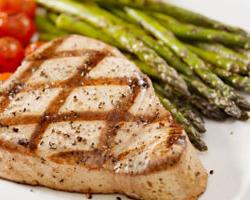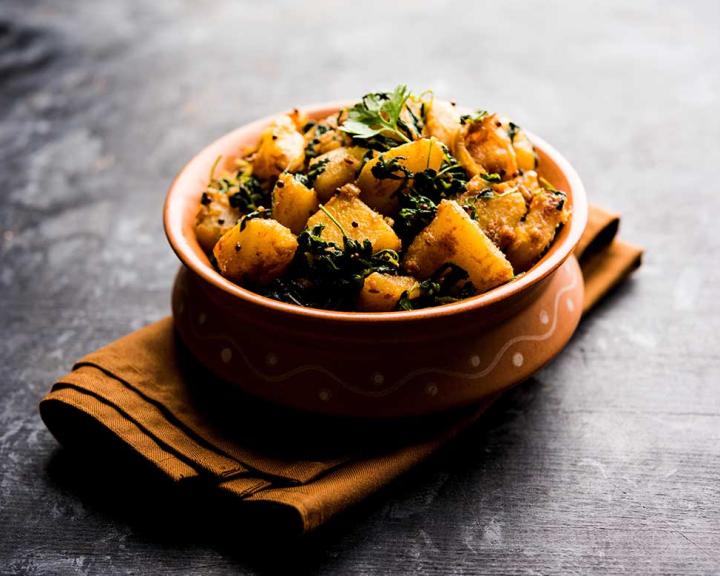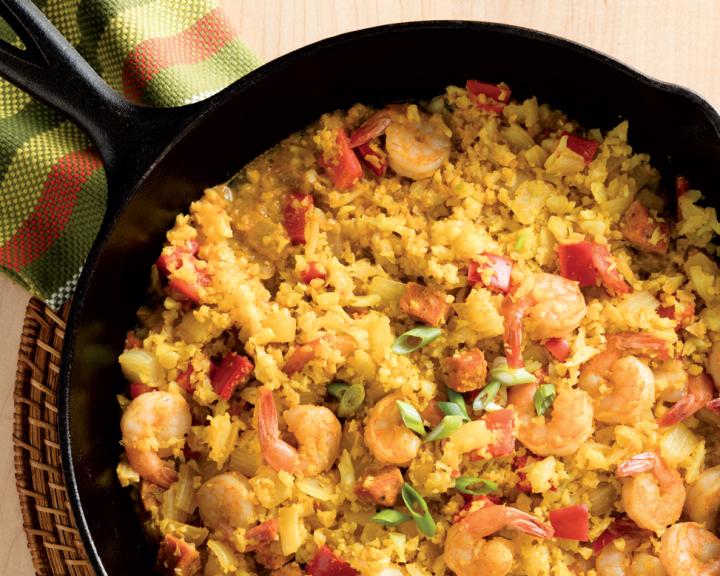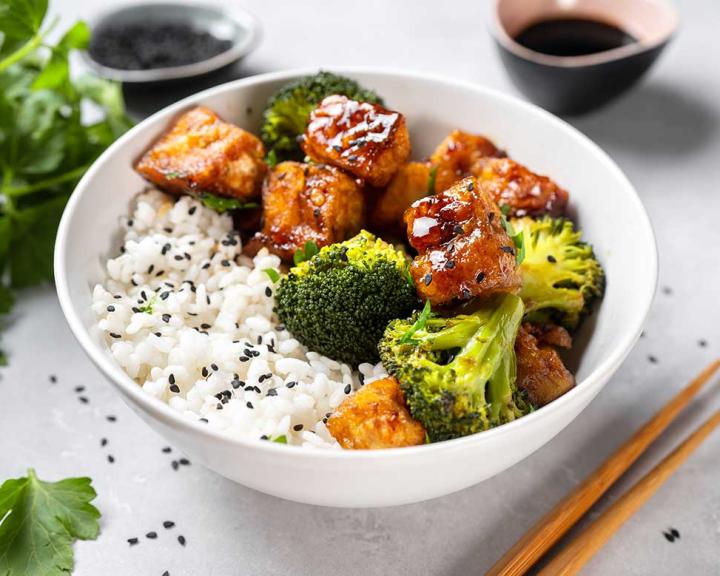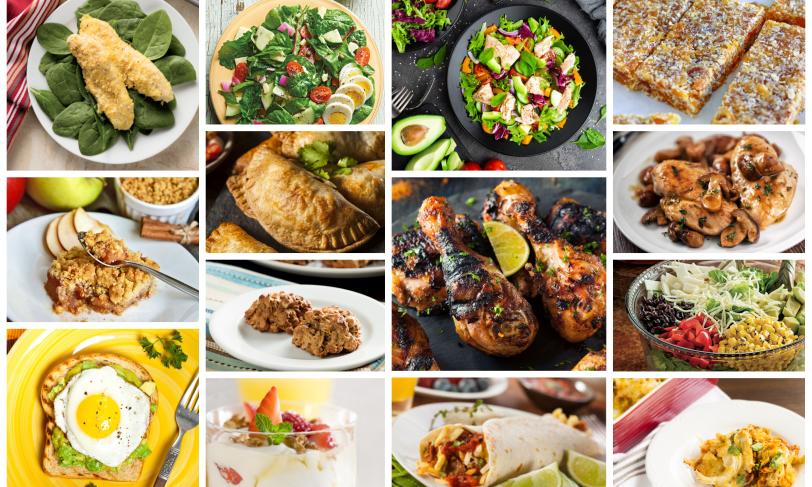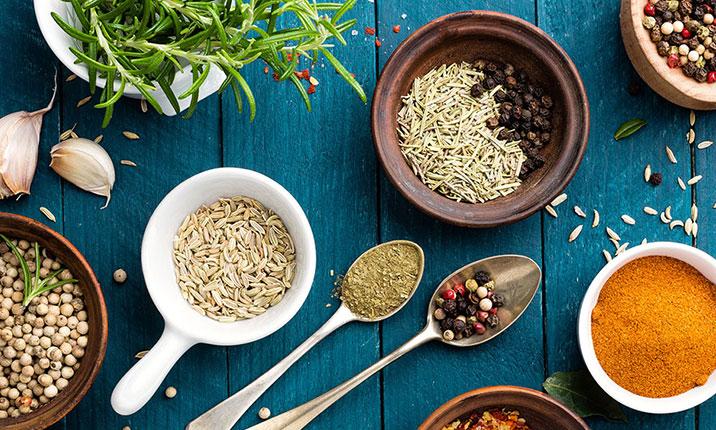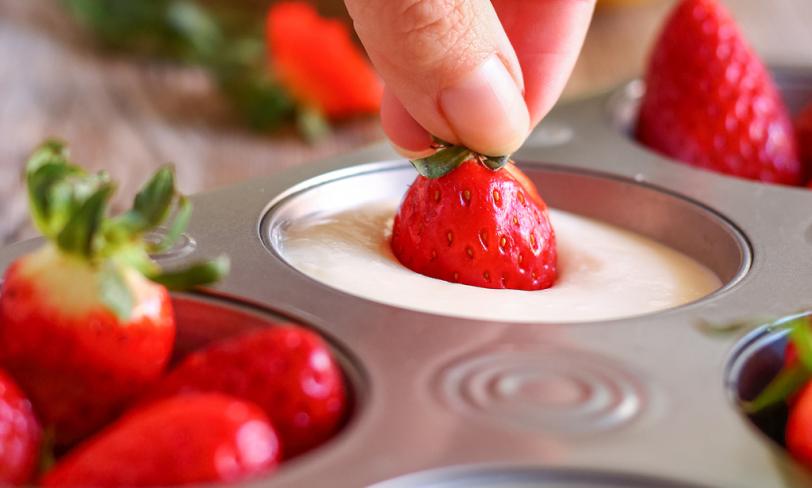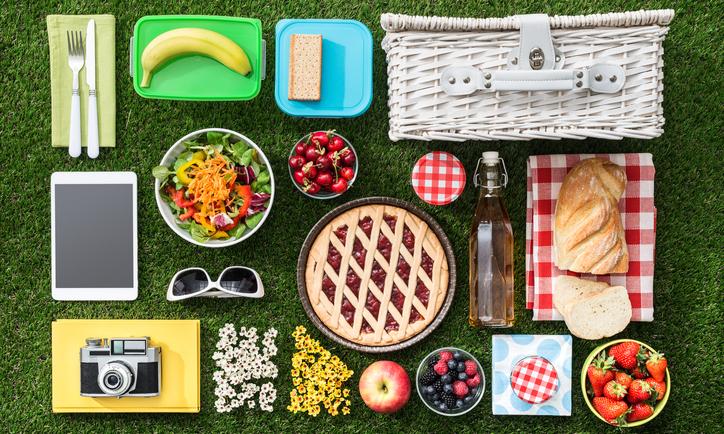How to Make Baked Chicken Empanadas
Chicken empanadas are fun to make and a great no-fork-needed appetizer. Baking these tasty treats gives a crispy crust with less fat and the Manzanilla olives add a delicious nutty flavor.
45 min prep time
20 min cook time
16servings
1 empanada
Step-By-Step Instructions:
-
Add the chicken breasts and chicken broth to a large sauce pan over high heat. Bring to boiling, then reduce heat and simmer for 15 to 20 minutes, until the chicken is cooked through. Remove the pan from the heat and let the chicken cool to the touch in the broth (about 20 minutes).
-
Shred the chicken into small pieces and mix in 2 Tbsp. of the chicken broth from the pan; set aside.
-
Add the oil to a sauté pan over medium heat. Add the onion, paprika, cumin, chili powder, and 1/2 cup of the chicken broth. Reduce the heat to low and cook for 10 to 15 minutes, until onions are soft and clear, and the liquid is evaporated. Stir in the chicken to yield 2 cups of filling.
-
Preheat the oven to 400 degrees F. Coat a large baking sheet with cooking spray.
-
Separate the whole wheat pizza dough into 16 golf-ball size pieces, and roll each one into a smooth ball.
-
Using a rolling pin, roll each ball of dough into a 6-inch-diameter circle.
-
Spoon 2 Tbsp. of the filling into the middle of the circle and press 1 olive into the middle of the filling. Lightly brush with water the bottom edge of the dough along one half of the circle. Fold the top half of the dough over the filling to form a semi-circle, and press edges firmly together. Crimp the edges with a fork to seal in the filling. Place the empanadas on a baking sheet.
-
Lightly beat the egg with the 1 Tbsp. water and brush a thin layer of the mixture over the top surface of each empanada.
-
Bake the empanadas for 20 minutes, until lightly browned.
Nutrition facts
16 Servings
-
Serving Size
1 empanada
-
Amount per serving
Calories
100
- % Daily value*
-
Total Fat
2.5g
3%-
Saturated Fat
0g
0%
-
Saturated Fat
-
Cholesterol
20mg
7% -
Sodium
300mg
13% -
Total Carbohydrate
14g
5%-
Dietary Fiber
0g
0% -
Total Sugars
1g
-
Dietary Fiber
-
Protein
6g
-
Potassium
123mg
3%

